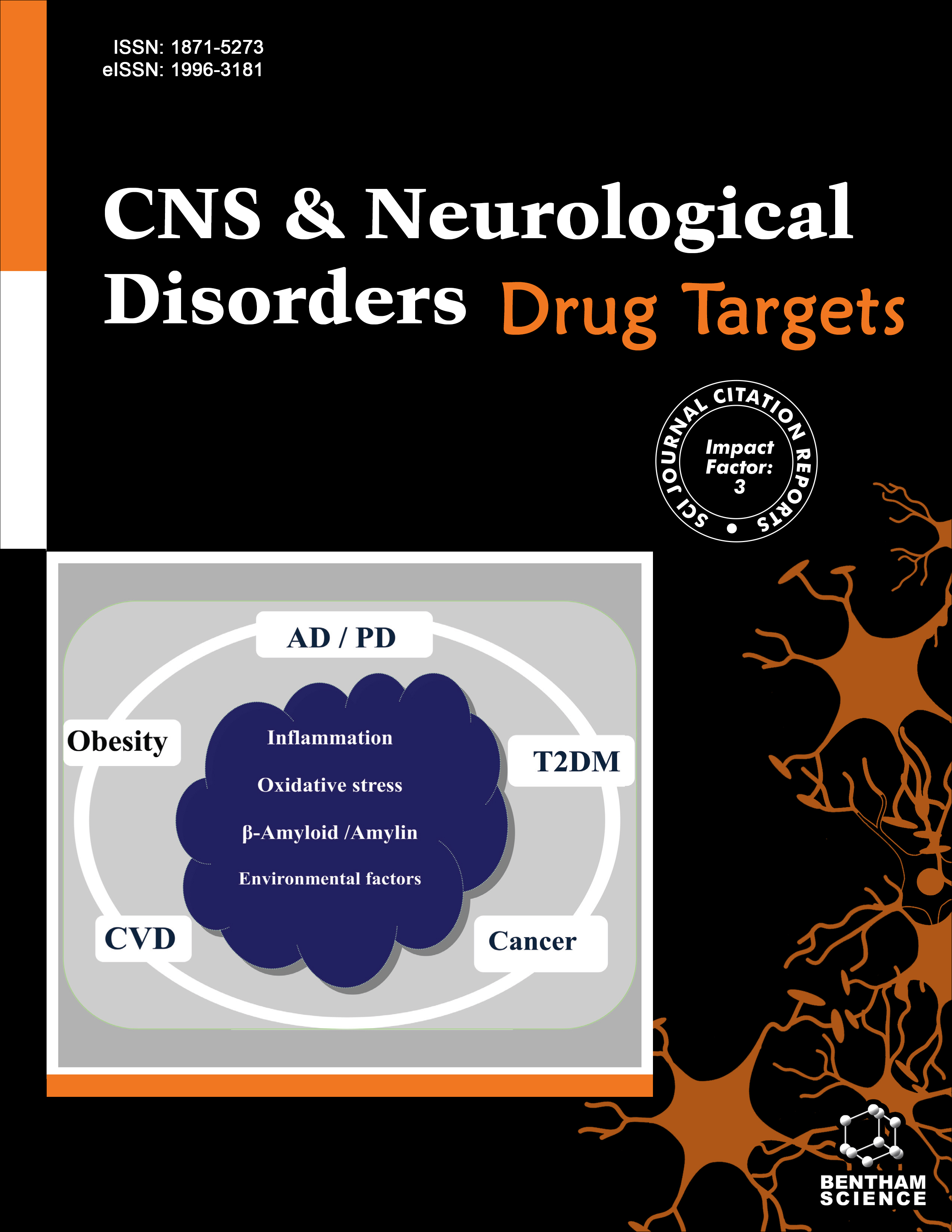
Full text loading...
Central Nervous System (CNS) disorders affect millions of people worldwide, with a significant proportion experiencing drug-resistant forms where conventional medications fail to provide adequate seizure control. This abstract delves into recent advancements and innovative therapies aimed at addressing the complex challenge of CNS-related drug-resistant epilepsy (DRE) management. The idea of precision medicine has opened up new avenues for epilepsy treatment. Herbs such as curcumin, ginkgo biloba, panax ginseng, bacopa monnieri, ashwagandha, and rhodiola rosea influence the BDNF pathway through various mechanisms. These include the activation of CREB, inhibition of NF-κB, modulation of neurotransmitters, reduction of oxidative stress, and anti-inflammatory effects. By promoting BDNF expression and activity, these herbs support neuroplasticity, cognitive function, and overall neuronal health. Novel antiepileptic drugs (AEDs) with distinct mechanisms of action demonstrate efficacy in refractory cases where traditional medications falter. Additionally, repurposing existing drugs for antiepileptic purposes presents a cost-effective strategy to broaden therapeutic choices. Cannabidiol (CBD), derived from cannabis herbs, has garnered attention for its anticonvulsant properties, offering a potential adjunctive therapy for refractory seizures. In conclusion, recent advances and innovative therapies represent a multifaceted approach to managing drug-resistant epilepsy. Leveraging precision medicine, neurostimulation technologies, novel pharmaceuticals, and complementary therapies, clinicians can optimize treatment outcomes and improve the life expectancy of patients living with refractory seizures. Genetic testing and biomarker identification now allow for personalized therapeutic approaches tailored to individual patient profiles. Utilizing next-generation sequencing techniques, researchers have elucidated genetic mutations.

Article metrics loading...

Full text loading...
References


Data & Media loading...

